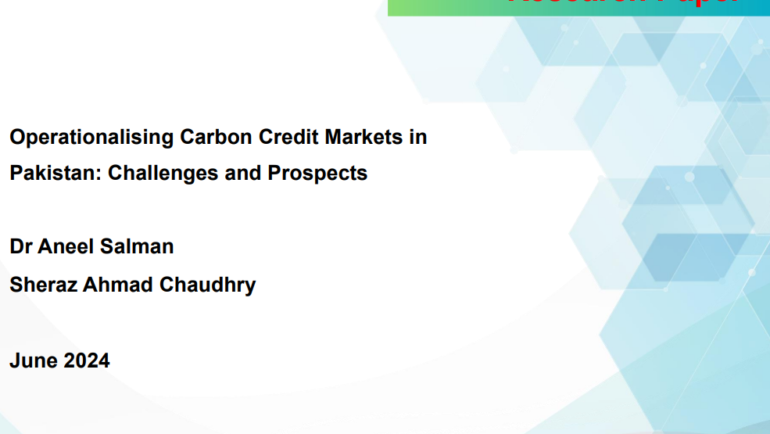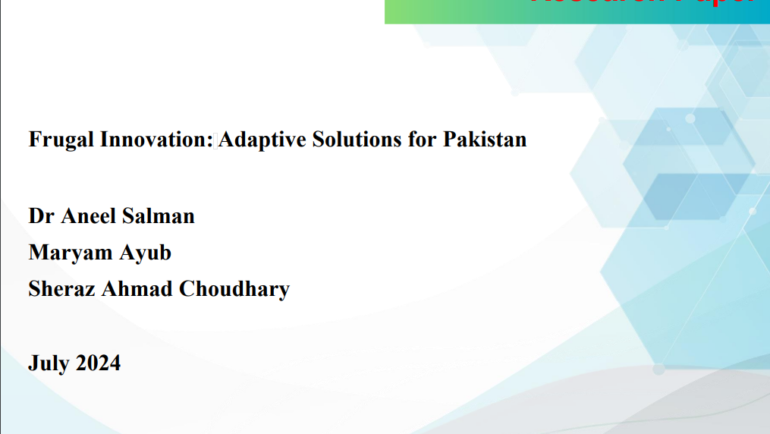This Paper explores the significance of industrial structural output for Pakistan’s economy focusing on GDP analysis. This may be about the mixed fortunes of the industrial sector, where sub-sectors like small-scale manufacturing and construction are relatively healthy whereas Large-scale manufacturing and utility services are structurally and operationally challenged. The factors considered in identifying the determinants of industrial value-added include FDI, export and import, employment, tariff measures and quality of infrastructure. Using the ARDL evidence both in the short-run and long-run relationships, the coefficient result denotes that there is a positive effect of trade and infrastructure on industrial value, further negativities of inefficiencies in the utilisation of labour, high tariffs and CO₂ emissions on growth.
This analysis focuses on the critical role of sectoral development in driving economic growth and correcting structural inefficiencies in Pakistan. The manufacturing sector, burdened by neglected technology and low productivity, presents great potential for value chain integration and export competitiveness through technological modernisation. The energy sector, marred by shortages and inefficiencies, needs investment in renewable energy and infrastructure upgrades to facilitate industrial productivity and lower costs. With agriculture, its unutilised potential can be availed through modern techniques with efficient supply chain logistics by augmenting food security, along with raw material inputs to industries such as textile and food processing.
Therefore, the study concludes that investment in trade liberalisation, infrastructure, skill development and sustainable measures are critical drivers to unlock the industrial sector growth. Some of the policy implication targets are tariff cuts, FDI promotion, infrastructure development, green technology adoption, and making industrial policies robust for the development of the economy and welfare of the people in Pakistan.
Skip to content
Skip to footer


